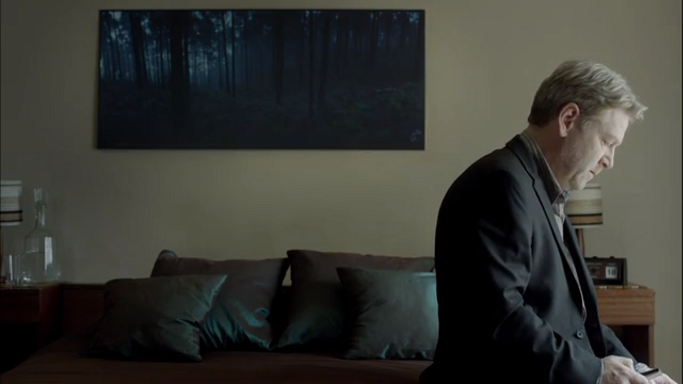There are things I do inside of Hill Auditorium and there are things I do not.
I do:
1) Look like #college—why walk into one of the best performance halls looking like I’m an adult? Bust out the sweats, baseball cap, and leggings—who are we kidding? It’s not like I wanted anything else besides extra credit. Tchaikovsky does not equal an A or warrant actual pants.
2) Eat yogurt with the metal lid, not with a spoon—everyone knows concerts happen at dinner time, so why should I be punished for my ingenuity for not even using a spoon? I mean, concert etiquette aside, this gurl gots to eat; I don’t care if the band is playing at pianissimo, my stomach is at fortissimo.
3) Clap like my life depends on it—if I don’t, people might think I’m disengaged, right? Also if I clap last, it’s an automatic win…so “oh well†that the band started playing something new.
4) Talk obnoxiously—I don’t care if I just got off stage, from playing, to sit in a seat or if I’m already there, concerts are just fancy TV’s. I’m here for my own “entertainment†and no one else’s.
I don’t:
1) Do anything else. My rules (above) are law. I eat copious amounts of yogurt in public, dress like it’s a post-Saturday Sunday everyday, clap like no one is watching, and talk like you actually care.
I think that most times I go to any type of “classier†event (where classy means anything else besides a football game most days) that these rules apply to everyone. I admit that there is a time and a place for no pants, for slopping on goopy foods, playing the stupid clap-last game, and talking so loud that people think you’re furious but really just happy.
But Hill Auditorium is never the place.
My carceral-stystem-self-fully-indoctrinated-by-the-system-of-normalization-that-Foucault-describes-aka-my-being demands some type of behavioral rules to live by. That and my gay sensibility for acting just so at such events. Either way, I feel like such “audience participators†should all be either A) drawn and quartered, or B) put in a room together to see how long they would last—and let’s be real, not long.
However, being with such people can further provide entertainment. Think of yourself in a Kierkegaardian way where anything that happens—good or bad—as something to entertain your dreadful, angst-ridden existence that’s going along only further into the nothingness of life. While the concert occurs on stage you can enjoy that for it’s own sake: ambitious program wonderfully selected, decent musicianship, good conducting, perfect concert hall. You can also enjoy the audience constantly making a fool of themselves: picking their noises at the rhythm of notes played with pizzicato, eating foodstuffs during every first movement, and violently sneezing on fermatas.
All in all, going to a concert isn’t just going to a concert. It’s entering a space where the possibilities for entertainment are endless. The stage, the seats, the people, all have a potential to keep you going for hours upon hours.


 Throughout the spring and summer, I punch the clock at a greenhouse in the farming community of Allendale, Michigan. While there is little to no training given by the managers of the company, I am thrown into the indoor fields of flowering annuals like a clueless tourist being dumped into a foreign land. As the days drone on, I quickly learn the alternative names of plants and where they are located in the store. It is not long before I begin understanding care and maintenance procedures and their corresponding relations to other plants. I distinguish annuals from perennials, full-sun from part-sun from full-shade. Heat resistance and zoning become second nature to me. I can tell customers which plants attract butterflies and hummingbirds and which ones repel deer and mosquito. The complexity becomes beautiful and I find myself engrossed by the magic of plants. It is an enchantment I do not wish to flee.
Throughout the spring and summer, I punch the clock at a greenhouse in the farming community of Allendale, Michigan. While there is little to no training given by the managers of the company, I am thrown into the indoor fields of flowering annuals like a clueless tourist being dumped into a foreign land. As the days drone on, I quickly learn the alternative names of plants and where they are located in the store. It is not long before I begin understanding care and maintenance procedures and their corresponding relations to other plants. I distinguish annuals from perennials, full-sun from part-sun from full-shade. Heat resistance and zoning become second nature to me. I can tell customers which plants attract butterflies and hummingbirds and which ones repel deer and mosquito. The complexity becomes beautiful and I find myself engrossed by the magic of plants. It is an enchantment I do not wish to flee.
